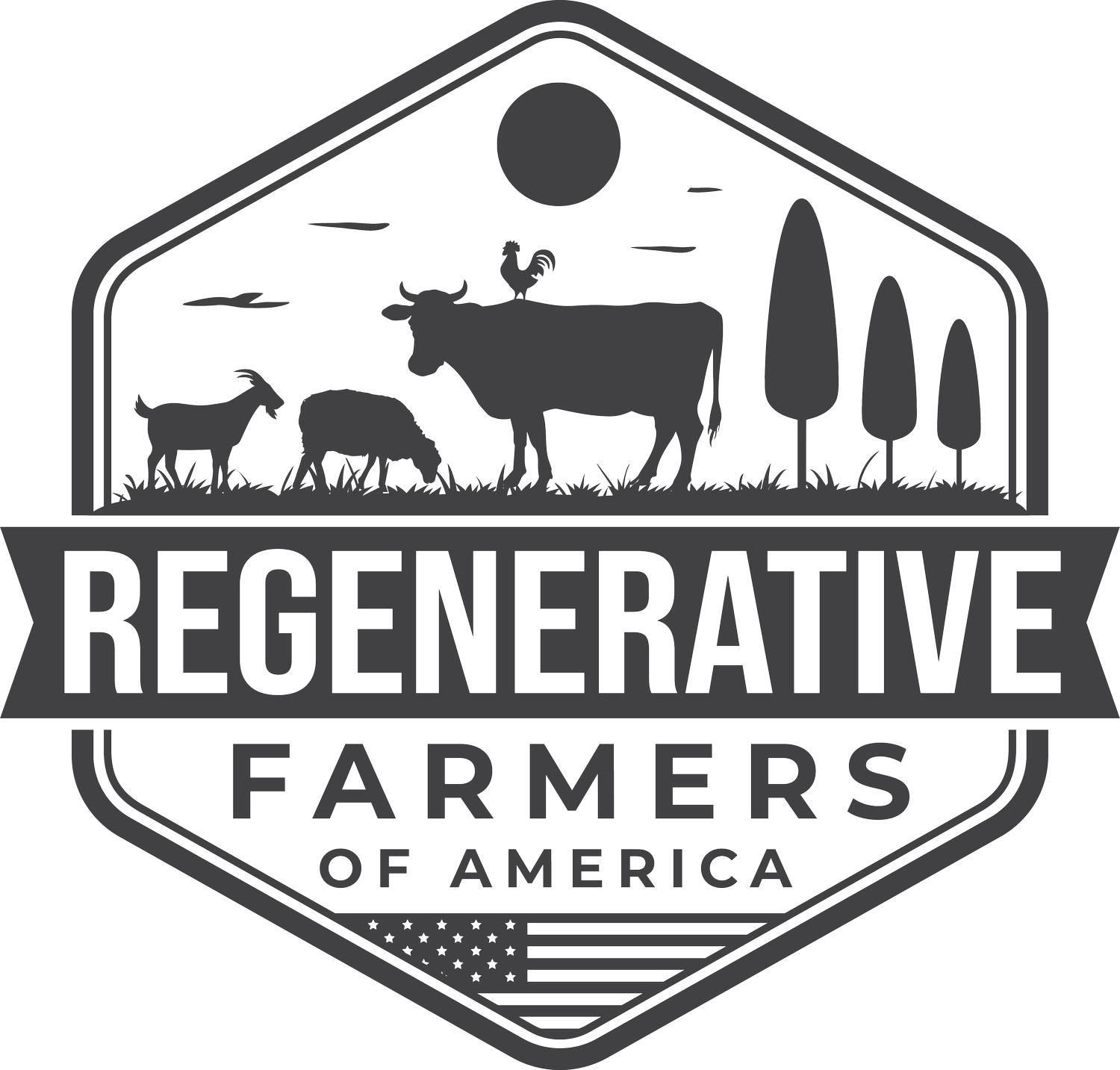How is Regeneratively Raised Meat different?
What is Regenerative Meat?
Regenerative meat refers to meat that is produced through regenerative agriculture practices.
These practices aim to restore and improve the health of the soil, which leads to healthier and more resilient food production systems. Regenerative meat production often emphasizes sustainable and humane farming practices, with a focus on supporting the local ecosystem.
How is Regeneratively Raised Meat different?
Here are some benefits of regenerative meat:
Practices - Regenerative meat production practices prioritize soil health and restoration, leading to improved fertility and overall ecosystem health. With a focus on soil health, regenerative practices help to rebuild topsoil, rather than deteriorate it which leads to tons of benefits. See more about the principles of regenerative ag here.
Nutrient Dense - Regenerative meats are more lean than it’s conventional counterpart. It's also higher in key nutrients, including antioxidants, vitamins, and a beneficial fat called conjugated linoleic acid (CLA) that's been tied to improved immunity and anti-inflammation benefits. Plus, grass-fed beef packs about 50% more omega-3 fatty acids than standard beef.
Biodiversity - Systems support diverse plant and animal communities, leading to greater biodiversity on farms. With allowing natural systems to thrive, less chemical inputs are needed and other bugs, birds, and animals can live in symbiosis with regenerative farmers.
Sequester Carbon through food production - By sequestering carbon in the soil through regenerative practices, carbon is brought from the atmosphere into the soil to mitigate the impacts of climate change. See more about White Oaks Carbon Study here.
Improved animal welfare - Many regenerative meat production systems prioritize animal welfare, providing the animals with more space and better living conditions than conventional factory farming. In regenerative agriculture, livestock are provided with more space, access to grassfed diets, and pasture, while in conventional factory farming methods, animal welfare is often overlooked in favor of maximum production efficiency. Conventionally raised animals tend to have more health issues as well because of their living conditions which translates to poor meat quality and health concerns for the consumer.
Overall, regeneratively raised meat is produced with a focus on improving soil health, promoting biodiversity, and reducing the negative impacts of agriculture on the environment and human health, while providing consumers with healthier, more sustainable food options.
Leading Farms Producing Regenerative Meat
Regenerative agriculture is a growing trend in the farming industry and there are many successful farms that are producing regenerative meat. These farms prioritize the health of the soil, the animals, and the environment. Some successful regenerative meat farms include:
PastureBird
Pasture bird is a farm that is dedicated to producing regenerative meat through the use of pasture raised chicken. The chickens are free to move and forage on fresh pasture daily, which improves their health and the health of the soil. This daily movement is key to ensuring that the birds have a varied diet that includes bugs, grains, grass, and legumes. This in turn contributes to the health, taste, and nutrition of the final product.
The chickens are never given antibiotics and are raised in a humane way. The end result is a delicious and nutritious product that is high in vitamins, minerals, and fatty acids, and always non-GMO. By producing meat in this way, Pasture bird is not only improving the health of the birds and the people who consume them, but also regenerating the soil and farmland.
White Oak Pastures
White Oak Pastures is a farm in Georgia that is dedicated to regenerative agriculture. The farm operates a zero-waste model, where every part of the slaughtered animals is used in some way, from the meat to the hides to the inedible viscera, which is composted to fertilize the soil. White Oak Pastures raises 10 species of animals in a humane and symbiotic environment, allowing them to engage in their natural behaviors.
The farm has its own red meat and poultry abattoirs, making it one of only a few farms in the US with this capability. The farm's impact on the small town of Bluffton has been significant, as it has employed over 155 people and revitalized the community. White Oak Pastures is also a Savory Hub, a member of a global network of hubs working to heal the land through proper livestock management.



